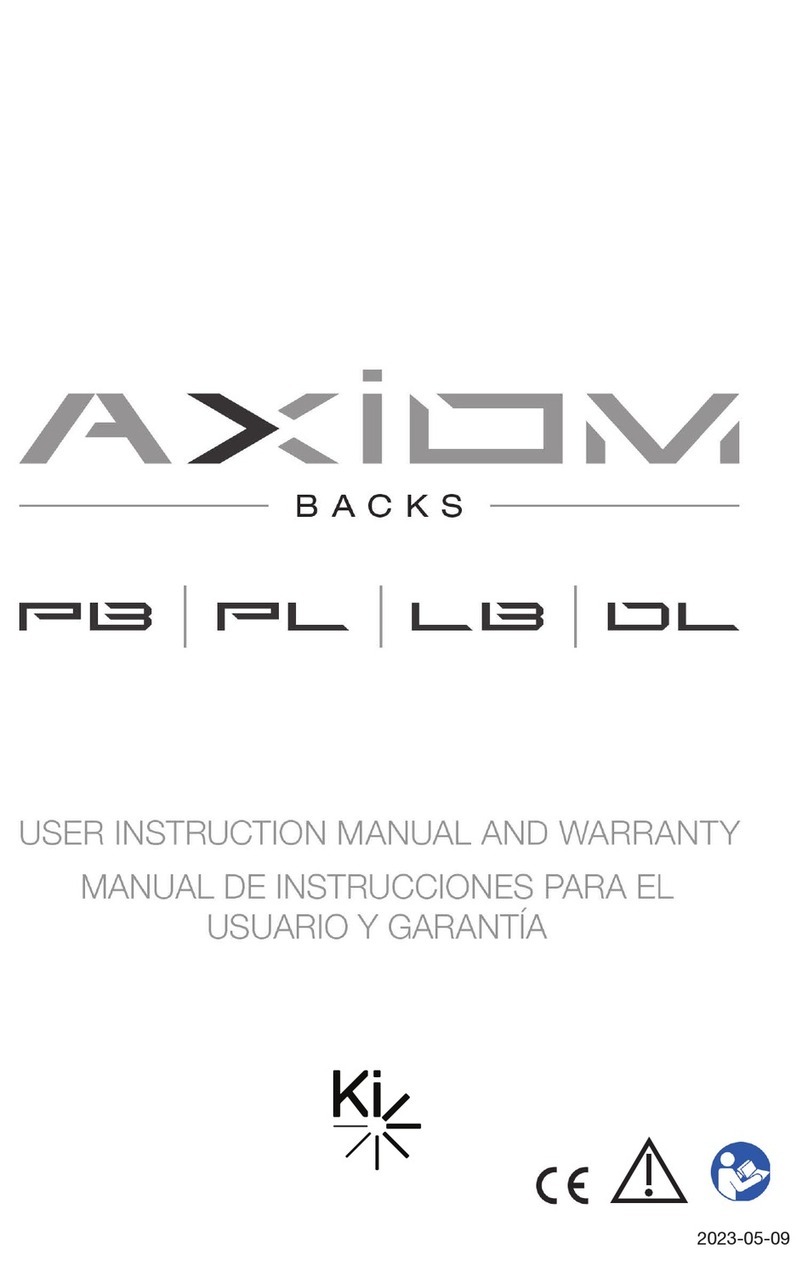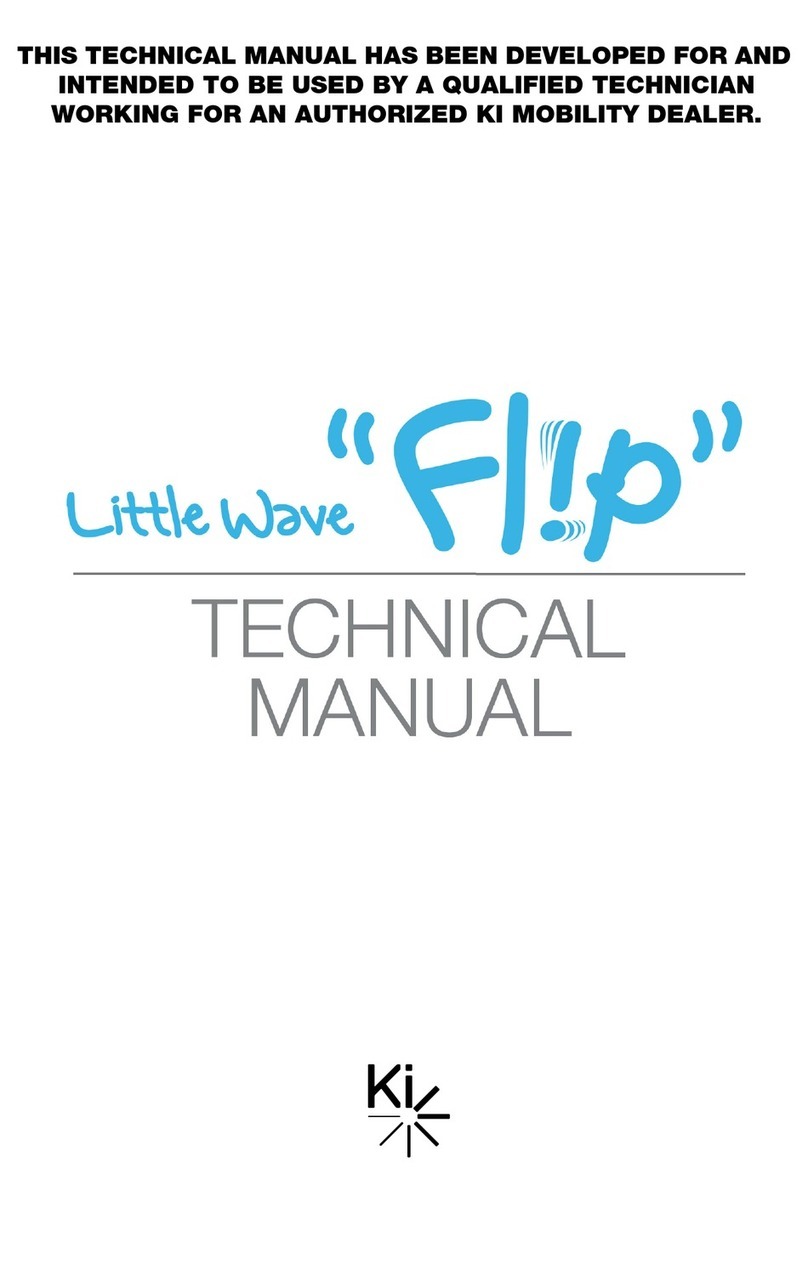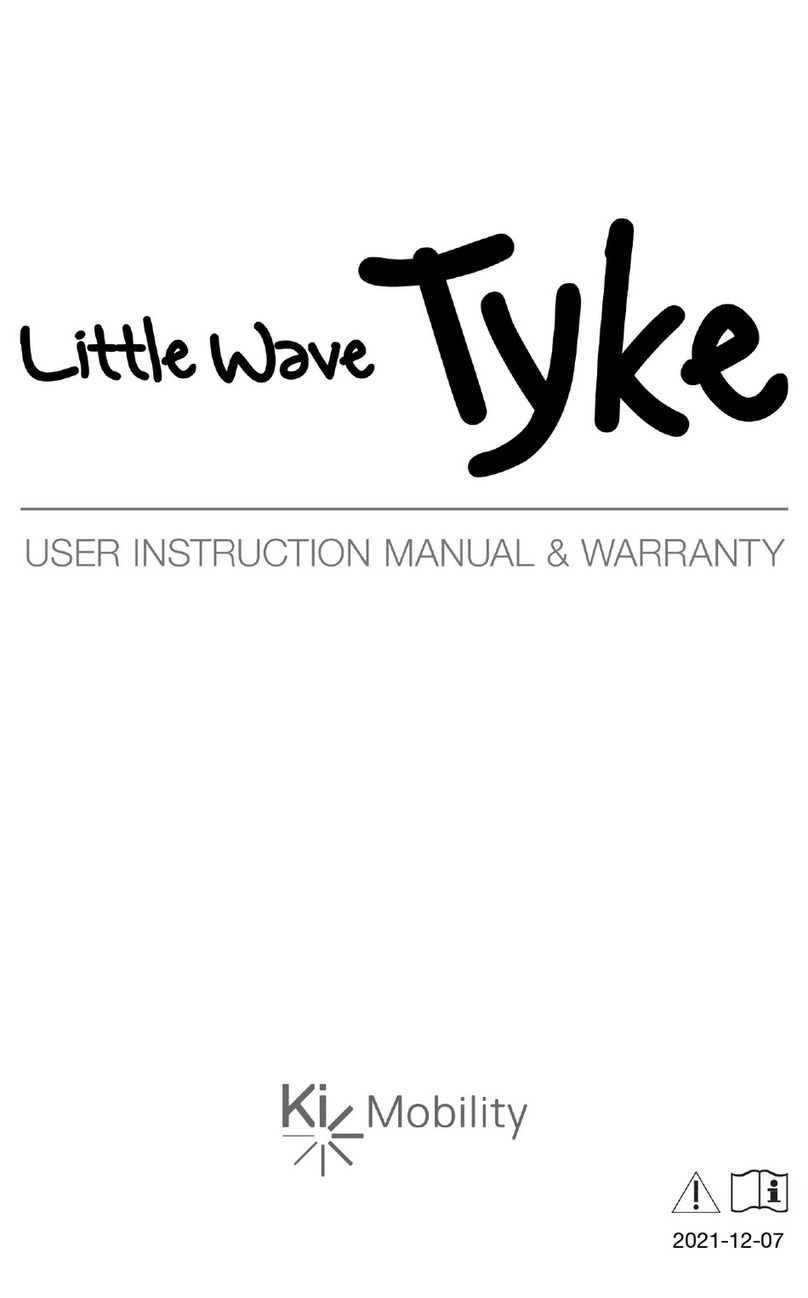2
I. INTRODUCTION
II. TABLE OF CONTENTS
III. NOTICE - READ BEFORE USE
A. Your Safety and Stability ...................................................................... 4
IV. WARNINGS
A. Signal Words........................................................................................ 4
B. General Warnings................................................................................. 5
C. Positioning Belts .................................................................................. 6
D. Riding Your Wheelchair........................................................................ 7
E. Power Drives........................................................................................ 8
F. Ascending Stairs .................................................................................. 8
G. Descending Stairs ................................................................................ 8
H. Transfers.............................................................................................. 9
I. Your Wheelchair and the Environment.................................................. 9
J. Modifying your Wheelchair .................................................................. 10
K. Wheelchair Stability ............................................................................. 10
V. SET UP & USE OF YOUR WHEELCHAIR
A. Your Focus CR It’s Parts..................................................................... 13
B. Transit Use.......................................................................................... 14
C. Height Adjustable T-Arms ................................................................... 17
D. Dual Post Height Adjustable Armrest................................................... 19
E. Angle Adjustable Locking Flip Up Extendable Armrest......................... 20
F. Armrest Warnings ............................................................................... 20
G. Swing Away Hangers .......................................................................... 21
H. Swing Away Hangers with 4-Way Latch.............................................. 22
I. Extension Tubes ................................................................................. 23
J. Elevated Leg Rest ............................................................................... 24
K. Pro Elevated Leg Rest......................................................................... 25
L. Backrest ............................................................................................. 26
M. Reclining Backrest .............................................................................. 28
N. Tilt Mechanism.................................................................................... 31
O. Seat Frame Set Up.............................................................................. 33
P. Casters ............................................................................................... 34
Q. Axle Plate............................................................................................ 35
R. Rear Wheels........................................................................................ 37
S. Wheel Locks ....................................................................................... 38
T. Drum Brake......................................................................................... 40
U. Frame Width ....................................................................................... 41
V. Anti-Tips ............................................................................................. 42
II. TABLE OF CONTENTS

































